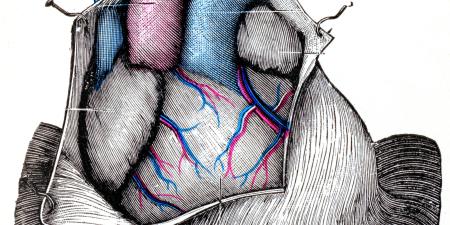The physician's role is healing disease, preserving life, and relieving suffering. In end-of-life care, the duties to relieve suffering and preserve life can come into conflict. Although as much as possible should be done to relieve suffering, the physician's duty to preserve life is overriding. Even though physician-assisted suicide is now legal in Oregon, it remains the position of the AMA that physician-assisted suicide violates the traditional prohibition against using the tools of medicine to cause a patient's death. Physician-assisted suicide also carries societal risks, including the potential for coercive pressures on patients to choose suicide.
Opinion 2.211, "Physician-Assisted Suicide"
Physician-assisted suicide occurs when a physician facilitates a patient's death by providing the necessary means and/or information to enable the patient to perform the life-ending act (eg, the physician provides sleeping pills and information about the lethal dose...
It is understandable, though tragic, that some patients in extreme duress— such as those suffering from a terminal, painful, debilitating illness—may come to decide that death is preferable to life. However, allowing physicians to participate in assisted suicide would cause more harm than good. Physician-assisted suicide is fundamentally incompatible with the physician's role as healer, would be difficult or impossible to control, and would pose serious societal risks.
Instead of participating in assisted suicide, physicians must aggressively respond to the needs of patients at the end of life. Patients should not be abandoned once it is determined that cure is impossible.
While in some difficult cases physician-assisted suicide may seem appropriate, the medical profession does not condone the practice due to the likelihood of grave harm. Physicians instead must strive to identify the concerns behind patients' requests for assisted suicide, and make concerted efforts at finding ways to address these concerns short of assisting suicide, including providing more aggressive comfort care. At the present, many physicians are not adequately informed about the modalities of pain control for patients with severe chronic pain. The success of the hospice movement illustrates the extent to which aggressive pain control and close attention to patient comfort and dignity can ease the transition to death.



